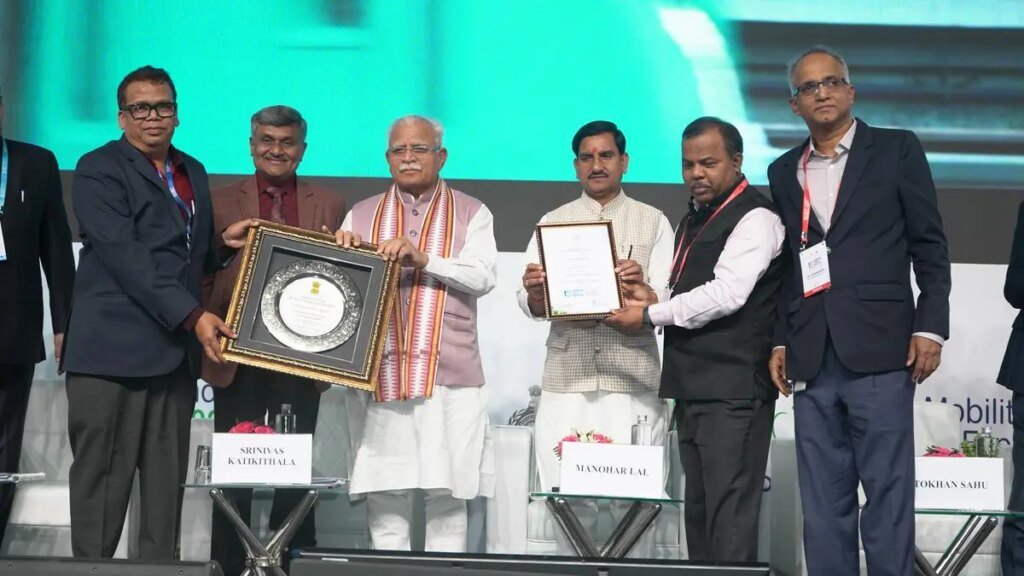Buying a property? Why the final cost may be much higher than the sticker price
Buying a house is perhaps the biggest financial decision most people make, but many don’t realise that the property’s cost isn’t always what it appears at first glance. Taxes, hidden charges, and project delays can push the total far beyond the listed sale price. Delays increase builders’ holding costs, which are often passed on to buyers through higher prices.
Buyers should therefore verify all additional charges over and above the base price such as approval fees, development charges, various levies, and fees for amenities like clubhouses and parking as these can add up to 8–10% of the final cost in some cities. They should also check with financial institutions to understand which of these expenses qualify for loan funding and which will need to be paid upfront.
For Bengaluru-based IT professional Sachita Mehta, who recently bought a ₹90 lakh apartment, between stamp duty, registration fees, Goods and Services Tax, and other add-ons like parking and clubhouse charges, her final bill rose by nearly ₹20 lakh. Such costs can easily add to a home’s price, affecting affordability and loan eligibility. Hence, it is important to understand these components early so that buyers can plan better, negotiate smartly, and avoid financial strain.
How GST 2.0 shapes home prices
Other than new GST headlines, facets like builder compliance, construction timelines, and more importantly, input tax credit efficiency, critically impact the real tax burden on residential property buyers, explains Atul Monga, co-founder and CEO, BASIC Home Loan.
“Residential real estate projects are classified as ‘Affordable’ and ‘Other than Affordable’ apartments for GST purposes. Affordable housing attracts 1% GST (effective), while other apartments attract 5% GST (effective),” says Karthik Mani, Partner, Indirect Tax at BDO India, a professional services firm.
One needs to understand that these concessional rates come with conditions, and that includes a restriction on input tax credit available to developers. The GST paid by developers towards cement, steel and other works and contract services are thus embedded into the price of the apartment, leading to increased cost for buyers.
“Delayed projects often lead to higher holding costs for builders, which are passed on to buyers through increased prices,” says Abhishek Soni, CEO and co-founder, Tax2win, an online tax filing platform.
Stamp duty and tax breaks
Variation in stamp duty and registration charges influences affordability and purchase timing directly. “States that have exemptions or reduced rates for first-time buyers or women have witnessed more stable demand for mid-income segments. Conversely, higher duties in urbanised regions, where land costs are already high, have a tendency to drive buyers toward peripheral markets, shaping up the pattern of urban growth,” says Pramod Kathuria, founder and CEO, Easiloan, a digital home loan marketplace.
“The higher stamp duty cost led to a higher cost of purchase for the buyers, which partly serves to reduce the affordability of a house. This is one of the reasons why, during the Covid period, some states had reduced the stamp duty rates on a temporary basis to encourage housing demand,” says Mani.
For example, Uttar Pradesh offers a 1% concession to women buyers, making it attractive to a large chunk of end users in the mid-segment. “On the other hand, since there’s no such deal in West Bengal, first-time buyers often have to rethink their property purchase decisions. Also, higher stamp duties in metros tend to inflate entry-level costs, often dissuading homebuyers (including first-timers) from taking the plunge,” says Monga.
Also Read: UP government’s unified circle rate system enables property owners to assess property values using digital tools
Hidden costs that buyers miss
Buyers should specifically verify all additional charges they may need to pay beyond the base price of the home, such as approval fees, development charges, various levies, and fees for amenities like clubhouses and parking. These extras can add as much as 8–10% to the final property cost in some cities, says Kathuria.
These costs would give clarity on the total cost of the house. “Buyers should also be checking with the financial institutions regarding which of the costs would be eligible for funding, which would be completely paid upfront by the buyers,” says Mani.
Also Read: Homebuyers’ guide: Why owning a home involves more than just paying EMIs
Buyers should request a cost sheet with all statutory charges itemized. “Compare with local authority fee calculators or published norms. Negotiate with builders to absorb or reduce discretionary fees, especially in competitive markets,” says Soni.
How to cut costs and plan better
Festive seasons and year-end periods often bring builder discounts, stamp duty waivers, and registration fee rebates, reducing upfront costs.
“Buying during low-interest rate cycles or when government incentives (like PMAY) are active can enhance affordability. Ready-to-move-in homes avoid GST (levied only on under-construction properties), saving 1–5% of property value,” says Soni.
Consider structuring home loans using hybrid EMIs, step-up EMIs, or planned prepayments aligned with expected income growth. Make full use of tax benefits under Sections 24(b) and 80C on interest and principal repayments to help offset the overall tax burden.
“Choose projects with transparency and full compliance to avoid hidden costs. A tax-efficient and well-timed buying strategy helps mitigate upfront costs and also ensures long-term asset appreciation, consolidating financial resilience,” says Monga.
Anagh Pal is a personal finance expert who writes on real estate, tax, insurance, mutual funds and other topics



